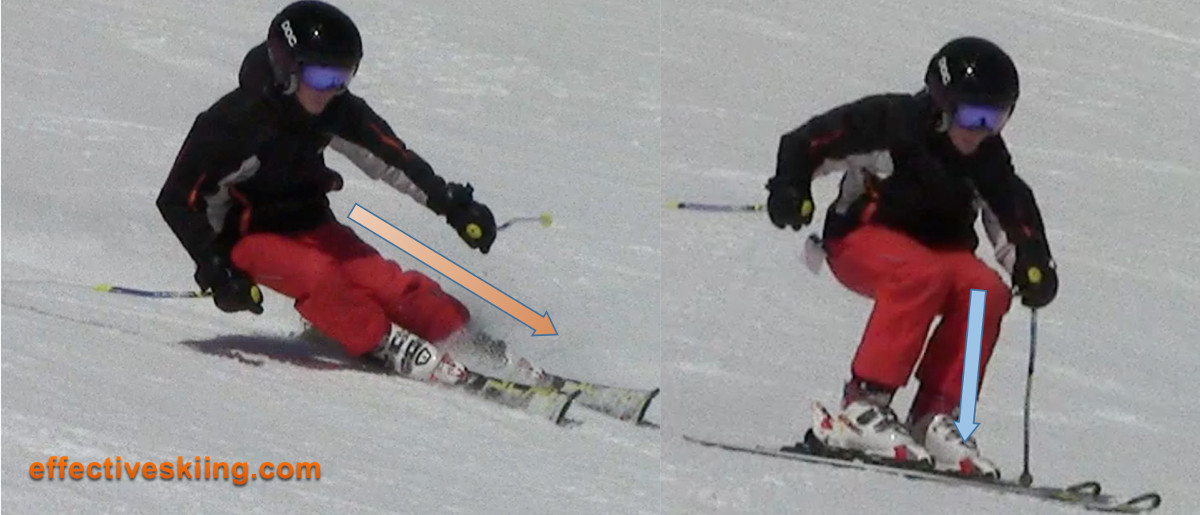@Smear,
It's hard to explain why giving the new inside ski (and foot and ankle and leg) control of a turn is so important.
Think of it this way. It looks like you enjoy high edge angles and the way an edged turn feels. You like having your hip low to snow.
You can get lower! If you never go UP between turns, and start your new turn already low, you're half way to having your hip on the snow by the fall line. Consider this an enticement to shorten the new inside leg and drop low without lengthening the new outside leg at all between turns. I guarantee your hip will drop earlier, giving it more potential to get all the way down next to the snow by the fall line.
It takes time to figure out how to do that in a balanced way, but when you know this kind of skiing is there waiting for you to grab it, you'll be able to stop that new outside leg from doing what it habitually does. Habits take work to break. You already own the movement pattern that so many in this thread are suggesting you do; it can clearly be seen in the fourth frame above. Change its timing so it happens first, use it to start the turn, delete the extension move altogether, and you'll be on your way.
Last edited:


